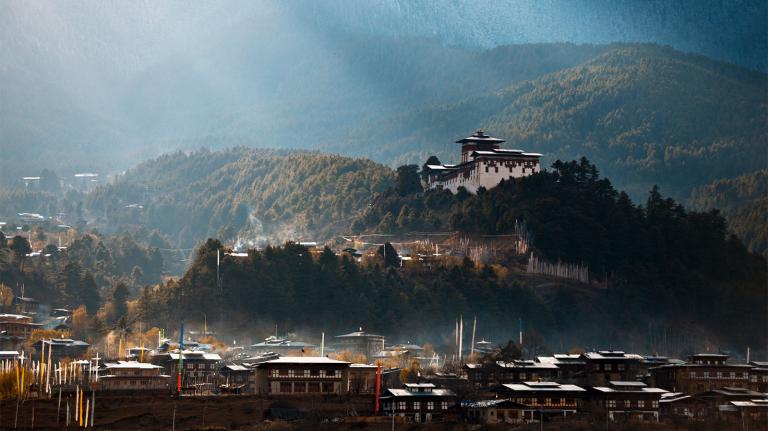This essay was first published in our semi-weekly newsletter, Climate in the Time of Coronavirus, which you can subscribe to here.
“Mom, when is coronavirus going to end?” My 4-year-old daughter looks up at me, her big, brown eyes a mix of curiosity and fear.
Kids can change a lot in a short time. Just a few weeks ago, my daughter struggled to pronounce the virus’s name, sending my husband and me into muffled chuckling fits over her garbled inquiries about the “coronawalrus.” But now, nearly two months into the global pandemic, she has had ample opportunity to master the fricative consonant. There have been other changes too: more explosive tantrums, bouts of koala-like attachment to certain toys, and an increasingly morbid series of questions in the witching hour before her bedtime. Would you rather me get hit by a car, or you? Did everyone on the Titanic drown? Could a wolf come and blow our house down?
Some questions have been easy to answer. I would never choose for you to get hit by a car. Many people survived the sinking of the Titanic. There are no wolves roaming the streets of Oakland — and besides, our house is made of bricks. But when it comes to an end-date for the coronavirus, I don’t have a ready response. What should I tell a kid who burst into tears during Cinderella III when it seemed like the titular heroine might not actually end up with her prince? (After weeks of no playdates or outside childcare, we’re now scraping the bottom of the Disney+ barrel.)
The way I see it, there are two main options for parents when we have no easy answers to give: One, we can respond wishfully, bubble-wrapping our kids up in the comfort of not-quite-truths. But that strategy won’t work for a planet-wide crisis like coronavirus. With every canceled birthday party, missed graduation, or scary news story, those white lies get harder to maintain. And of course, many families have already lost loved ones or experienced tragedies that make it clear to all that things are not fine and won’t be for some time. Option two, we can prepare our kids for the worst-case scenario — that it will be months, maybe even years, before life will go back to “normal,” if indeed it ever does at all.
Most of the time, I go with the honest approach. The world is full of a lot of good, but it is far from a safe or fair place. As someone whose job involves reading and editing climate change news, I’m acutely aware that the next generation will likely face serious challenges such as extreme heat, rising sea levels, and, yes, emerging infectious diseases. I try not to fixate on the implications all the time, but on some level, I can’t help it. The urge to protect is primal, involuntary. Since becoming a mother, I don’t have to try to notice things that can potentially threaten kids, I just do: the sharp edge of a table corner, the unfamiliar van parked on the street, the still half-full bathtub left undrained.
I can’t shield my daughter from all of life’s hard truths. But while I must prepare her (in an age-appropriate way) for the kinda-crappy world she will likely inherit from those who came before her, I’m still calling that my “Plan B.” More urgently, I need to do everything in my power to prepare the world for her — and the future I want her to have. So as tired as I am of balancing work and childcare during this pandemic, I’ll continue to keep my family sheltered-in-place at home. As jaded as I feel about politics, I will continue to vote for candidates who prioritize climate action. Giving up on the possibility of a better tomorrow is simply not an option.
And so I look into those big, brown eyes and tell her no one knows when this pandemic will end, but that we will do everything in our power to make sure it’s as soon as possible. We’re in this together, I whisper, as her eyes close. Then I stay by her side until long after she’s asleep.



